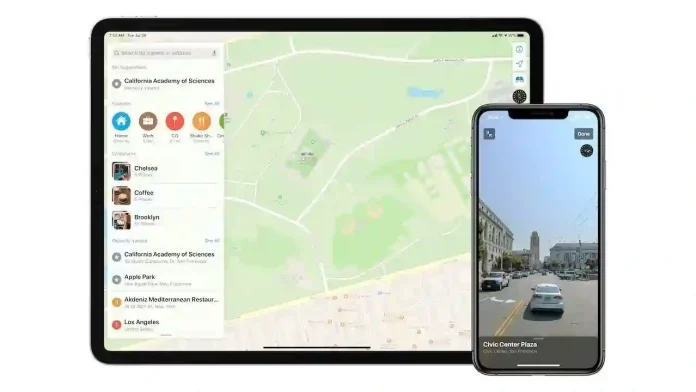Apple Maps has long positioned itself as the cleaner, quieter alternative to Google Maps — a navigation tool that didn’t try to sell you anything along the way. But that distinction may not last much longer.
According to a new report from Bloomberg, Apple has decided to move forward with integrating advertising into Apple Maps, marking a significant shift in how the platform operates. The move has reportedly been under consideration for at least three years, during which Apple explored various ways to monetize one of its most widely used services.
If Bloomberg’s latest update proves accurate, businesses could begin paying for enhanced visibility within Apple Maps as soon as 2026. The system is expected to work similarly to Apple’s App Store Search Ads, allowing companies to promote their listings when users search for nearby places or services.
Apple is also said to be using artificial intelligence to ensure that promoted results are contextually relevant, showing ads that best match a user’s location and preferences. Bloomberg’s sources suggest the process will be more streamlined for businesses than Google Maps — making it easier to create, verify, and update listings directly within Apple’s system.
While this could open up a new revenue stream for Apple, it also introduces a potential image problem. Apple Maps has enjoyed a reputation for being free of the clutter and commercial bias often associated with Google Maps. Introducing ads, even if done tastefully, risks eroding that perception.
Google has long faced speculation — though never proven — that its mapping algorithms subtly guide users toward advertisers. The rumor hasn’t hurt Google’s dominance in the navigation market, but Apple faces a different challenge. As the underdog, Apple Maps has benefited from a sense of integrity and simplicity.
Once Apple Maps starts suggesting a “sponsored” coffee shop along your route, that reputation might change — and public reaction could be swift. The question is whether Apple can introduce advertising while maintaining the trust and user experience that helped rebuild Apple Maps’ credibility after its rocky launch.




